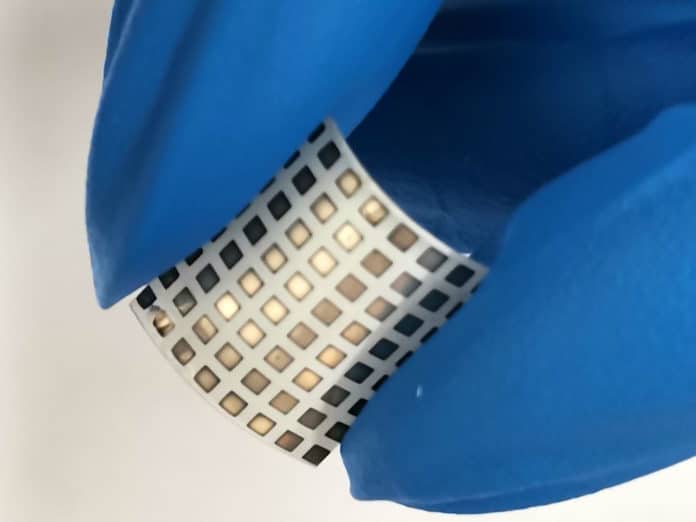Humans sometimes need to determine the presence of moisture in the air, but people aren’t quite as skilled as camels at sensing water with their noses. Instead, people must use devices to locate water in arid environments, identify leaks, or analyze exhausts in industrial facilities.
Researchers in China have developed an advanced new type of humidity sensor inspired by the structure and properties of camels’ noses. The novel device could reliably detect variations in humidity in settings that included industrial exhaust and the air surrounding human skin.
Humidity sensors are not only sensitive and specific but also durable and intelligent. However, conventional humidity sensors do not have all of these simultaneously because they require very different or even contradictory design principles.
To overcome the significant drawbacks of currently available sensors, Weiguo Huang, Jian Song, and their colleagues looked to camels’ noses. A camel’s nose feature scroll-like passages with large surface areas lined with water-absorbing mucus, which change capacitance as humidity in the air fluctuates. To mimic the high-surface-area structure within the nose, the team created a porous polymer network coated with moisture-attracting molecules called zwitterions to simulate the property of mucus to change capacitance as humidity varies.
In experiments, the humidity sensor proved both durable and highly sensitive. It could monitor fluctuations in humidity in the hot industrial exhaust, find the location of a water source, and sense moisture emanating from the human body.
In these experiments, the sensor was shown to respond to changes in a person’s skin perspiration as they exercised and could detect the presence of a human finger, even following its path in a V or L shape. According to the researchers, this sensitivity suggests that the device could become the basis for a touchless interface through which someone could communicate with a computer.
In addition, the humidity sensor’s electrical response to moisture can be tuned or adjusted, much like the signals sent out by human neurons – potentially allowing it to learn via artificial intelligence, they say. This work offers a general design principle expected to be applied to develop other high-performance biochemical sensors and the next-generation intelligent sensors with much broader applications.
